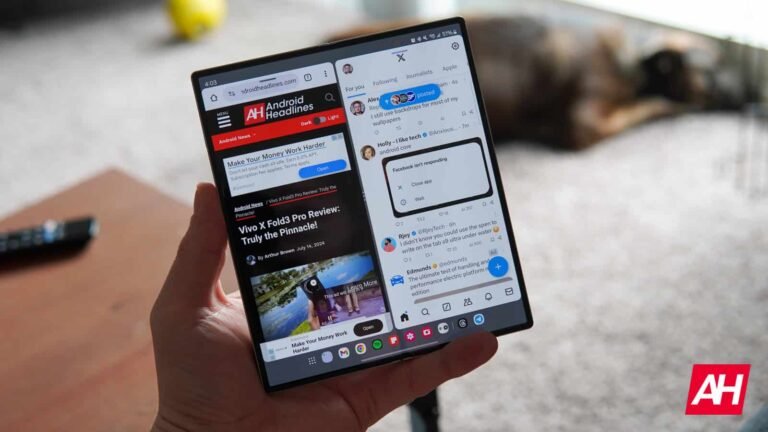

Copyright is the eternal controversy in the world of artificial intelligence. Every so often, new complaints and lawsuits arise related to the use of internet content to train AI models. Google is one of the companies that uses multimedia hosted on one of its main platforms, YouTube, to train its own AI, as confirmed to CNBC. While the company confirms this practice, stating it uses a subset of videos and honors agreements, many creators and intellectual property experts say that many are unaware of this.
PSA: Google trains its AI with your YouTube videos
According to the report, Google is tapping into YouTube’s colossal catalog of 20 billion videos for AI training. Even a small fraction of this content represents an enormous dataset, potentially far exceeding what many competing AI models use. The central issue for many creators and media companies is a looming intellectual property crisis: they fear their original work is being used without explicit, clear consent or compensation to build systems that could eventually become their competitors.
As one expert, Luke Arrigoni, CEO of Loti, put it, “It’s helping the Veo 3 model make a synthetic version, a poor facsimile, of these creators. That’s not necessarily fair to them.” Indeed, several leading creators and IP professionals have told CNBC they were unaware their content could be used for this purpose. This comes despite YouTube mentioning in a September blog post that content could be used to “improve the product experience… including through machine learning and AI applications.” The current terms of service grant YouTube a broad license to content. But the most important thing is that users have no way to opt out of Google training its own AI models on their videos.
Was Veo 3 AI model powered by YouTube creators’ content?
The concern amplifies with tools like Veo 3, which Google unveiled in May. This AI model is capable of generating cinematic-level video and audio entirely from AI. Examples have surfaced where Veo 3-generated content closely matched human-created YouTube videos, raising questions about originality and compensation. Google also recently announced that the YouTube Shorts feed will receive Veo 3-powered videos this year.
It’s a complex situation. Some creators, like Sam Beres (with 10 million subscribers), view AI as “friendly competition,” an “exciting inevitable.” Google does offer an indemnification clause for its generative AI products, meaning they’ll cover legal costs if a user faces a copyright challenge. YouTube has also introduced tools for creators to manage their likeness and opt out of third-party AI training. However, some find these unreliable.
Ultimately, this revelation underscores the ongoing tension between creators and artificial intelligence. However, technology advances much faster than legislators. Therefore, it’s increasingly difficult to establish fair rules for all parties. Meanwhile, some publishers and AI companies have managed to reach deals for the legal use of content in AI training.
The post YouTube Videos Fueling Google AI Without Creator Knowledge appeared first on Android Headlines.
